Basilica of Saint Mary of the Angels and Martyrs things to do, attractions, restaurants, events info and trip planning
Basic Info
Basilica of Saint Mary of the Angels and Martyrs
P.za della Repubblica, 8, 00185 Roma RM, Italy
4.7(3.5K)
Closed
Save
spot
spot
Ratings & Description
Info
Cultural
Accessibility
attractions: Piazza della Repubblica, GAMM Game Museum, National Roman Museum - Palazzo Massimo, Church of Santa Maria della Vittoria, Teatro dell'Opera di Roma, Meridiana di Santa Maria degli Angeli, St. Paul's Within the Walls, Basilica Papale di Santa Maria Maggiore, National Gallery of Ancient Art in Barberini Palace, Piazza Barberini, restaurants: Vattani Elegant Italian Restaurant & Cocktail Bar, Ristorante Pizzeria La Cucina Nazionale, Nerone, Rifugio Romano, Hummustown Kiosk, Ristorante Cotto - Dharma Group, Target Restaurant, Alessio, Culinaria, Quel che c’è laboratorio Di Cucina
 Learn more insights from Wanderboat AI.
Learn more insights from Wanderboat AI.Phone
+39 06 488 0812
Website
santamariadegliangeliroma.com
Open hoursSee all hours
Tue8 AM - 1 PM, 4 - 7 PMClosed
Plan your stay

Pet-friendly Hotels in Rome
Find a cozy hotel nearby and make it a full experience.

Affordable Hotels in Rome
Find a cozy hotel nearby and make it a full experience.

The Coolest Hotels You Haven't Heard Of (Yet)
Find a cozy hotel nearby and make it a full experience.

Trending Stays Worth the Hype in Rome
Find a cozy hotel nearby and make it a full experience.
Reviews
Nearby attractions of Basilica of Saint Mary of the Angels and Martyrs
Piazza della Repubblica
GAMM Game Museum
National Roman Museum - Palazzo Massimo
Church of Santa Maria della Vittoria
Teatro dell'Opera di Roma
Meridiana di Santa Maria degli Angeli
St. Paul's Within the Walls
Basilica Papale di Santa Maria Maggiore
National Gallery of Ancient Art in Barberini Palace
Piazza Barberini
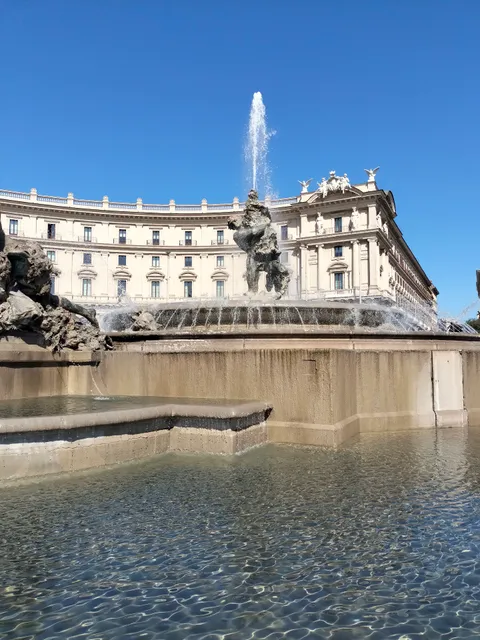
Piazza della Repubblica
4.6
(766)
Open 24 hours
Click for details
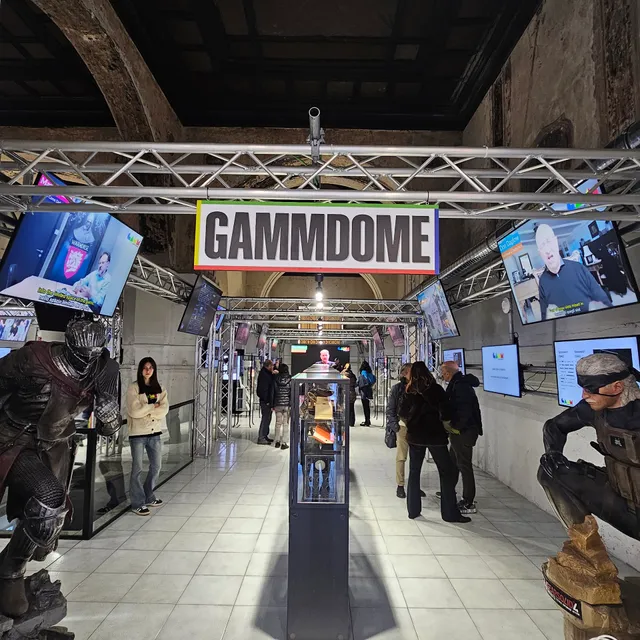
GAMM Game Museum
4.3
(831)
Open 24 hours
Click for details
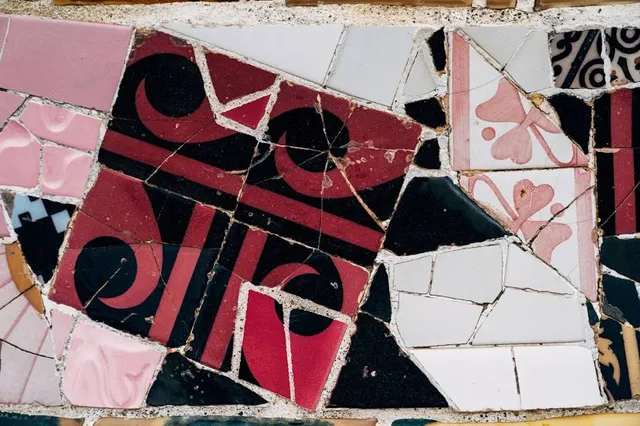
National Roman Museum - Palazzo Massimo
4.6
(2.5K)
Open 24 hours
Click for details
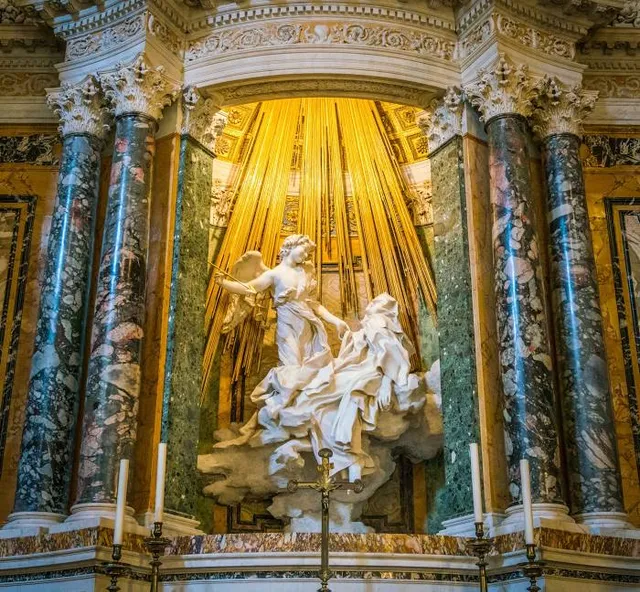
Church of Santa Maria della Vittoria
4.7
(3.1K)
Open 24 hours
Click for details
Things to do nearby
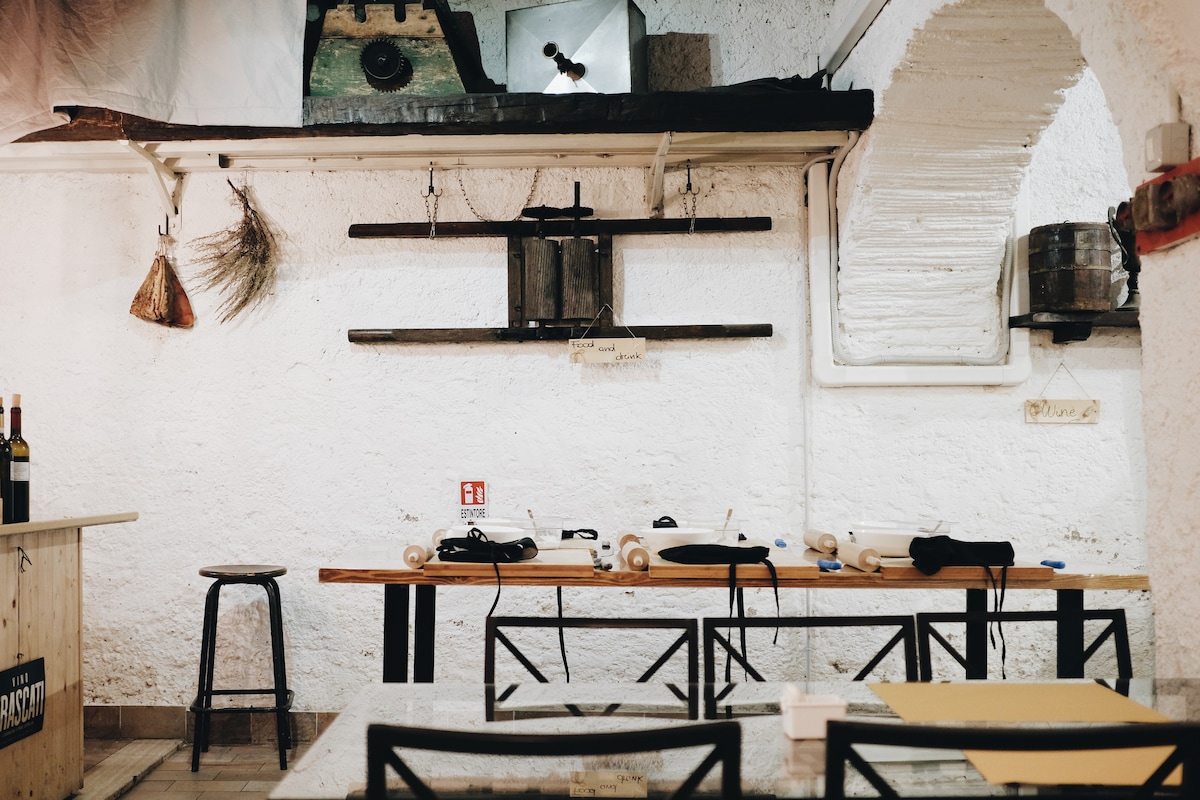
Pasta-making class, wine tasting and dinner
Tue, Dec 23 • 7:30 PM
00044, Frascati, Lazio, Italy
View details

Pasta and Pizza cooking class with wine and more
Tue, Dec 23 • 6:45 PM
00142, Rome, Lazio, Italy
View details

Make Pasta & Tiramisù with Wine and Limoncello
Tue, Dec 23 • 7:00 PM
00186, Rome, Lazio, Italy
View details
Nearby restaurants of Basilica of Saint Mary of the Angels and Martyrs
Vattani Elegant Italian Restaurant & Cocktail Bar
Ristorante Pizzeria La Cucina Nazionale
Nerone
Rifugio Romano
Hummustown Kiosk
Ristorante Cotto - Dharma Group
Target Restaurant
Alessio
Culinaria
Quel che c’è laboratorio Di Cucina
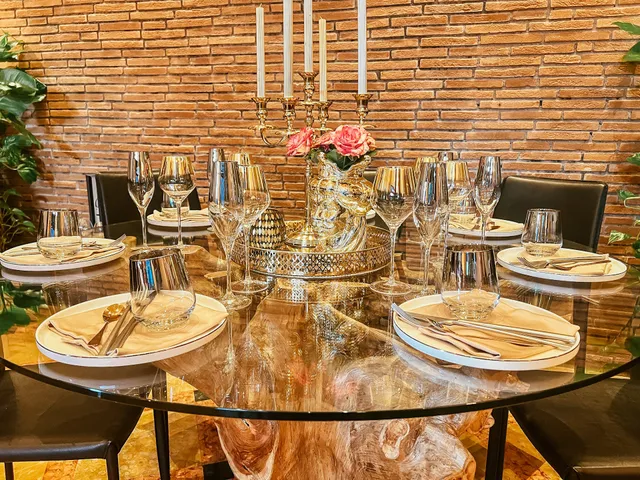
Vattani Elegant Italian Restaurant & Cocktail Bar
4.7
(2.6K)
$$
Click for details

Ristorante Pizzeria La Cucina Nazionale
4.2
(1.3K)
Click for details
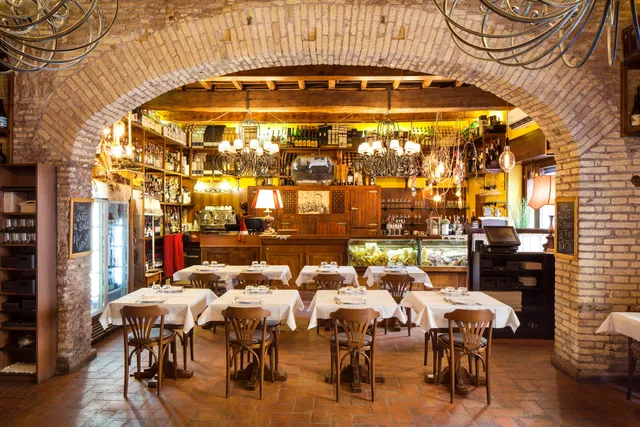
Nerone
4.7
(2K)
Click for details
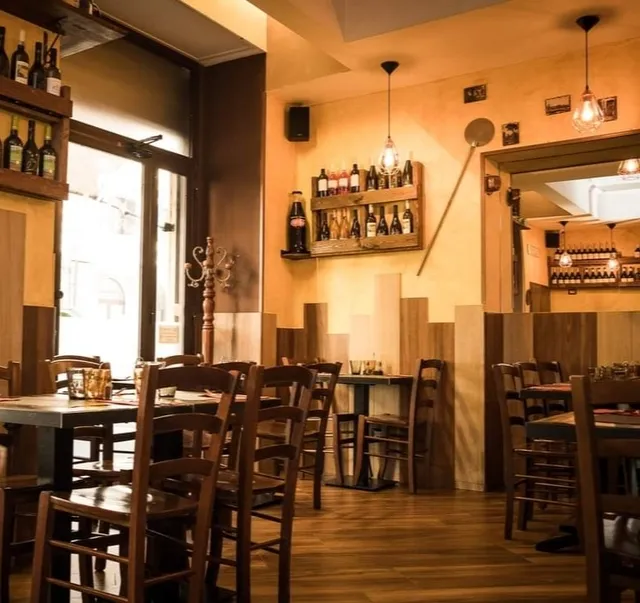
Rifugio Romano
4.5
(2.5K)
Click for details
The hit list

Plan your trip with Wanderboat
Welcome to Wanderboat AI, your AI search for local Eats and Fun, designed to help you explore your city and the world with ease.
Powered by Wanderboat AI trip planner.









